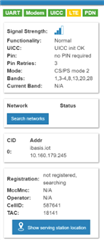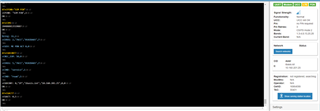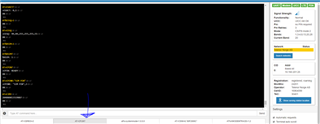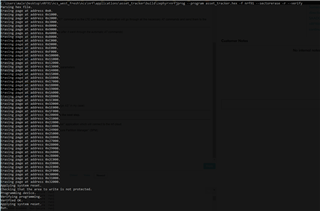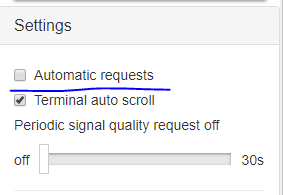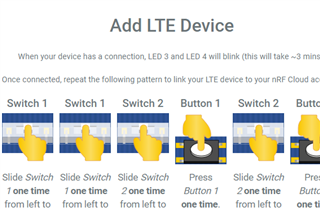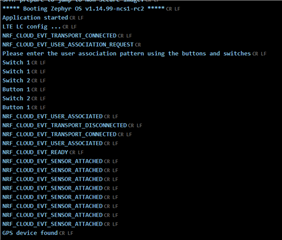Without doubt there is a new variation of software emerging:
We are all familiar with Firmware and Software, however I really feel the need to coin the term "Whisper Ware" when it comes to the nRF9160 which I must add we are absolutely committed to making work.
I have personally spent the last 12 hours, uninstalling, changing branches, reinstalling, and trying my best to follow every "whisper" in this forum to make any of the sample applications work.
Even more frustrating is that for a brief time they did seem to function.
Now whatever I do, AT commands time out as follows:
Error: 'AT+CFUN? ' timed out
If someone would be kind enough to give detailed instruction on how I may be able to start "from scratch" and therefore remove any legacy that may exist, I would be very grateful.
I'm using Windows 10 and clearly very very frustrated.
On the ever positive side, I'm thrilled to bits that the implementation currently is such a mess, as most will or already have simply given up as they will not have the sincere patience that I have.


